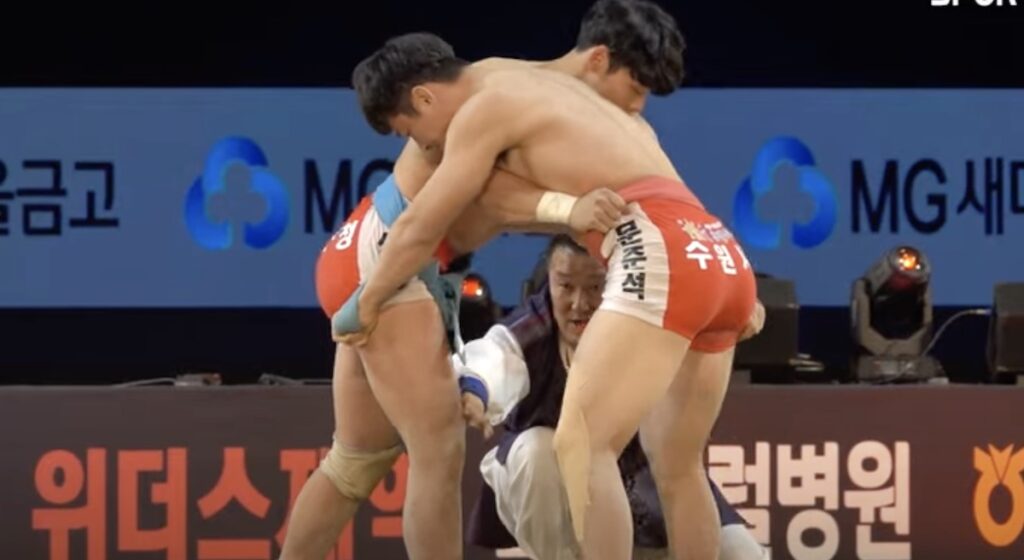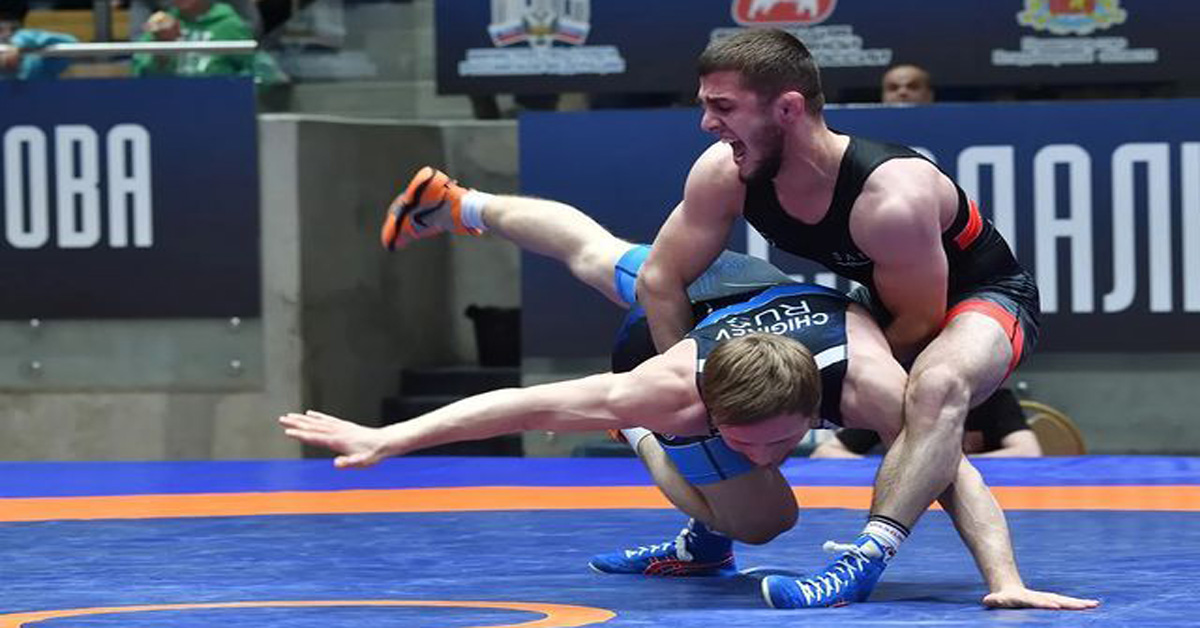
One of the most commonly asked questions about amateur wrestling is about the different weight classes. How many wrestling weight classes are there?
Here’s a full breakdown of just how many wrestling weight classes are there. Detailing each of the wrestling weight classes from every level of competition.
How many wrestling weight classes are there?
There are quite a few different wrestling weight classes between various styles of wrestling and competition level. Each of which has their own list of weight divisions.
This includes:
- Freestyle Wrestling
- Greco Roman Wrestling
- Collegiate Wrestling
- Olympic Wrestling
- Women’s Wrestling
- Scholastic Wrestling
- International Youth Wrestling
Men’s Freestyle(Olympic/Non-Olympic) Wrestling Weight Classes
As of now there are a total of eleven freestyle wrestling weight classes between Olympic and non-Olympic events.
Freestyle non-Olympic Wrestling Weight Classes
| Weight in lbs: | Weight in kg: |
| 115 lbs | 53 kg |
| 134 lbs | 61 kg |
| 154 lbs | 70 kg |
| 174 lbs | 79 kg |
| 203 lbs | 93 kg |
Freestyle Olympic Wrestling Weight Classes
| Weight in lbs: | Weight in kg: |
| 125 lbs | 57 kg |
| 143 lbs | 65 kg |
| 163 lbs | 74 kg |
| 190 lbs | 86 kg |
| 214 lbs | 97 kg |
Men’s Greco Roman Wrestling Weight Classes(Olympic/Non-Olympic)
As of now, there are currently 10 Greco Roman wrestling weight classes between the Olympics and non-Olympic events.
Greco Roman Non-Olympic Wrestling Weight Classes
| Weight in lbs: | Weight in kg: |
| 121 lbs | 54 kg |
| 139 lbs | 63 kg |
| 159 lbs | 72 kg |
| 181 lbs | 81 kg |
Greco Roman Olympic Wrestling Weight Classes
| Weight in lbs: | Weight in kg: |
| 132 lbs | 60 kg |
| 148 lbs | 67 kg |
| 170 lbs | 77 kg |
| 192 lbs | 87 kg |
| 214 lbs | 97 kg |
| 287 lbs | 130 kg |
Women’s Freestyle/Greco Roman Wrestling Weight Classes
Women’s freestyle and Greco Roman share the same weight divisions. As of now, there’s ten women’s wrestling weight classes Six Olympic wrestling divisions and four non-Olympic wrestling divisions.
Olympic Women’s Wrestling Weight Classes
| Weight in lbs: | Weight in kg: |
| 110 lbs | 50 kg |
| 117 lbs | 53 kg |
| 126 lbs | 57 kg |
| 137 lbs | 62 kg |
| 150 lbs | 68 kg |
| 68 lbs | 76 kg |
Non-Olympic Women’s Wrestling Weight Classes
| Weight in lbs: | Weight in kg: |
| 121 lbs | 55 kg |
| 126 lbs | 57 kg |
| 137 lbs | 62 kg |
| 150 lbs | 68 kg |
| 168 lbs | 76 kg |
Men’s US Collegiate Wrestling Weight Classes
In US universities, they do their own form of folk style wrestling called collegiate wrestling. There are currently ten collegiate wrestling weight classes included in the NCAA’s rulebook.
| Weight in lbs: | Weight in kg: |
| 125 lbs | 57kg |
| 133 lbs | 60.5 kg |
| 141 lbs | 64 kg |
| 149 lbs | 68 kg |
| 157 lbs | 71.5 kg |
| 165 lbs | 75 kg |
| 174 lbs | 79 kg |
| 184 lbs | 83.5 kg |
| 197 lbs | 89.5 kg |
| Up to 285lbs | 129.5 kg |
Women’s Collegiate Wrestling Weight Classes
The NCAA currently recognized 8 collegiate women’s wrestling weight classes. Another organization Women’s Collegiate Wrestling Association (WCWA) used the freestyle weight divisions listed in the previous women’s wrestling section.
| Weight in lbs: | Weight in kg: |
| 105 lbs | 48 kg |
| 112 lbs | 51 kg |
| 121 lbs | 55 kg |
| 130 lbs | 59 kg |
| 139 lbs | 63 kg |
| 148 lbs | 67 kg |
| 159 lbs | 72 kg |
| 200 lbs | 91 kg |
Teen Boy International Youth Wrestling Weight Classes
There’s a wide array of different wrestling weight classes within international youth competitions. They are broken down between three divisions.
- U15(Under 15)
- Cadets(16-17)
- Juniors(18-20)
U15 Boys Wrestling Weight Classes
| Weight in lbs: | Weight in kg: |
| 75-84 lbs | 34-48 kg |
| 41 kg | 90 lbs |
| 97 lbs | 44 kg |
| 106 lbs | 48 kg |
| 115 lbs | 52 kg |
| 126 lbs | 57 kg |
| 137 lbs | 62 kg |
| 150 lbs | 65 kg |
| 187 lbs | 85 kg |
Cadet Boy’s Wrestling Weight Classes
| Weight in lbs: | Weight in kg: |
| 90-99 lbs | 41-45 kg |
| 106 lbs | 48 kg |
| 112 lbs | 51 kg |
| 121 lbs | 55 kg |
| 132 lbs | 62 kg |
| 143 lbs | 65 kg |
| 157 lbs | 71 kg |
| 176 lbs | 80 kg |
| 203 lbs | 92 kg |
| 243 lbs | 110 kg |
Junior Boy’s Wrestling Weight Classes
| Weight in lbs: | Weight in kg: |
| 126 lbs | 57 kg |
| 134 lbs | 61 kg |
| 143 lbs | 65 kg |
| 154 lbs | 70 kg |
| 163 lbs | 74 kg |
| 174 lbs | 79 kg |
| 190 lbs | 86 kg |
| 203 lbs | 92 kg |
| 214 lbs | 97 kg |
| 276 lbs | 125 kg |
Teen Girl International Youth Wrestling Weight Classes
Just like the boys, the girls have their own weight divisions that are broken down between U15, cadet, and junior
U15 Girls Wrestling Weight Classes
| Weight in lbs: | Weight in kg: |
| 64-73 lbs | 29 to 33 kg |
| 79 lbs | 36 kg |
| 86 lbs | 39 kg |
| 93 lbs | 42 kg |
| 101 lbs | 46 kg |
| 110 lbs | 51 kg |
| 119 lbs | 54 kg |
| 128 lbs | 58 kg |
| 137 lbs | 62 kg |
| 146 lbs | 66 kg |
Cadet Girl’s Wrestling Weight Classes
| Weight in lbs: | Weight in kg: |
| 79 to 88 lbs | 36 to 40 kg |
| 95 lbs | 43 kg |
| 101 lbs | 46 kg |
| 108 lbs | 49 kg |
| 117 lbs | 53 kg |
| 126 lbs | 57 kg |
| 143 lbs | 61 kg |
| 152 lbs | 69 kg |
| 161 lbs | 72 kg |
Junior Girls Wrestling Weight Classes
| Weight in lbs: | Weight in kg: |
| 110 lbs | 50 kg |
| 117 lbs | 53 kg |
| 121 lbs | 55 kg |
| 126 lbs | 57 kg |
| 130 lbs | 59 kg |
| 137 lbs | 62 kg |
| 143 lbs | 65 kg |
| 150 lbs | 68 kg |
| 159 lbs | 72 kg |
| 168 lbs | 76 kg |
Scholastic Wrestling Weight Classes
Scholastic wrestling has numerous weight divisions going from elementary school, middle school, and high school.
Elementary School
Elementary school doesn’t have specific weight classes, but goes by three different methods to separate competitors.
- Madison System: 8 to 16 person brackets, where both boys and girls that weigh the same will compete against each other.
- Division Based Systems: Competitors are divided by age within this system. Tournament directors may also create their own weight divisions with the age brackets.
- Pure-Weight Based System: The lesser used pure-weight bases system separates competitors by their weight regardless of age.
Middle School
| Weight in lbs: | Weight in kg: |
| 80 lbs | 36 kg |
| 86 lbs | 39 kg |
| 92 lbs | 42 kg |
| 98 lbs | 45 kg |
| 104 lbs | 47 kg |
| 110 lbs | 50 kg |
| 116 lbs | 53 kg |
| 122 lbs | 56 kg |
| 128 lbs | 58 kg |
| 134 lbs | 61 kg |
| 142 lbs | 65 kg |
| 150 lbs | 68 kg |
| 160 lbs | 73 kg |
| 172 lbs | 78 kg |
| 205 lbs | 93 kg |
| 245 lbs | 111 kg |
High School
| Weight in lbs: | Weight in kg: |
| 106 lbs | 48 kg |
| 113 lbs | 51 kg |
| 120 lbs | 54 kg |
| 126 lbs | 57 kg |
| 132 lbs | 60 kg |
| 38 lbs | 63 kg |
| 145 lbs | 66 kg |
| 152 lbs | 69 kg |
| 160 lbs | 73 kg |
| 170 lbs | 77 kg |
| 182 lbs | 82 kg |
| 195 lbs | 88 kg |
| 220 lbs | 100 kg |
| 285 lbs | 130 kg |
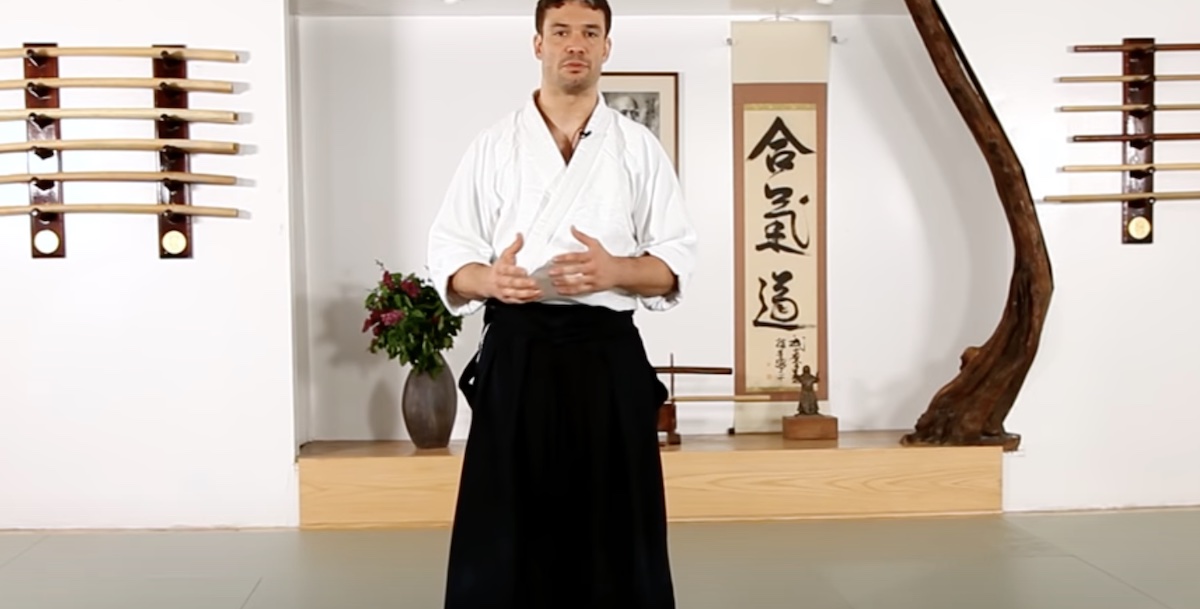 The grappling art of Aikido is a martial art that was once popular during the early 20th century. In modern times, it has fallen out of favor as people are practicing more effective martial arts. But even so, we still want to give you the story of how the art of Aikido. Going over how […]
The grappling art of Aikido is a martial art that was once popular during the early 20th century. In modern times, it has fallen out of favor as people are practicing more effective martial arts. But even so, we still want to give you the story of how the art of Aikido. Going over how […]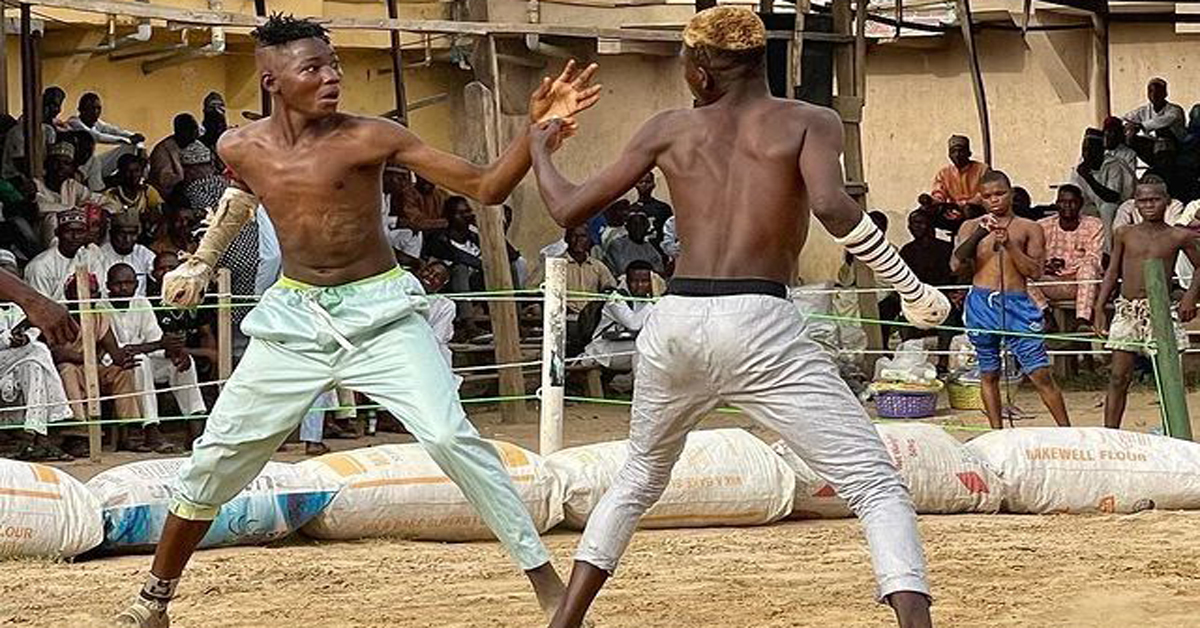 Africa is a melting pot of culture and ideas among many nations. What many may not know is that there are numerous effective African martial arts taught within the continent. That’s why we’ve compiled a list of the most known African martial arts. Read below to learn the history and techniques of all of these […]
Africa is a melting pot of culture and ideas among many nations. What many may not know is that there are numerous effective African martial arts taught within the continent. That’s why we’ve compiled a list of the most known African martial arts. Read below to learn the history and techniques of all of these […]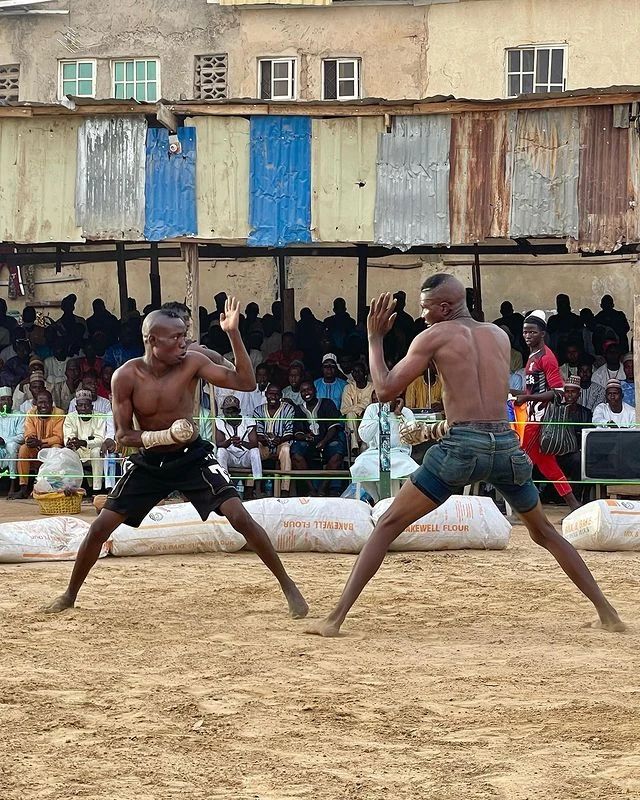
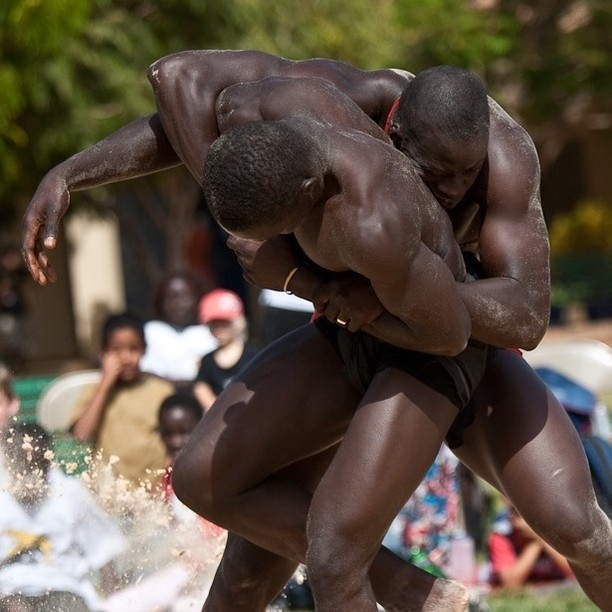
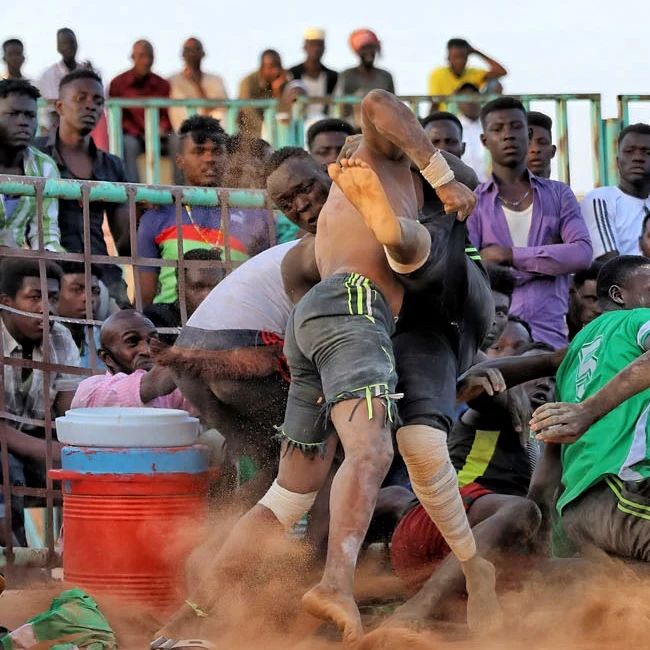
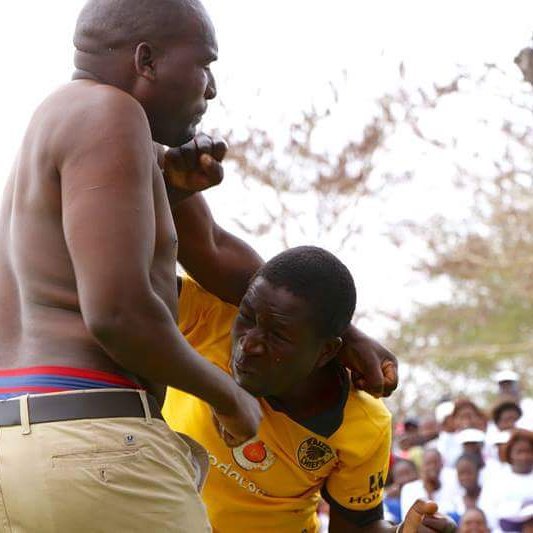
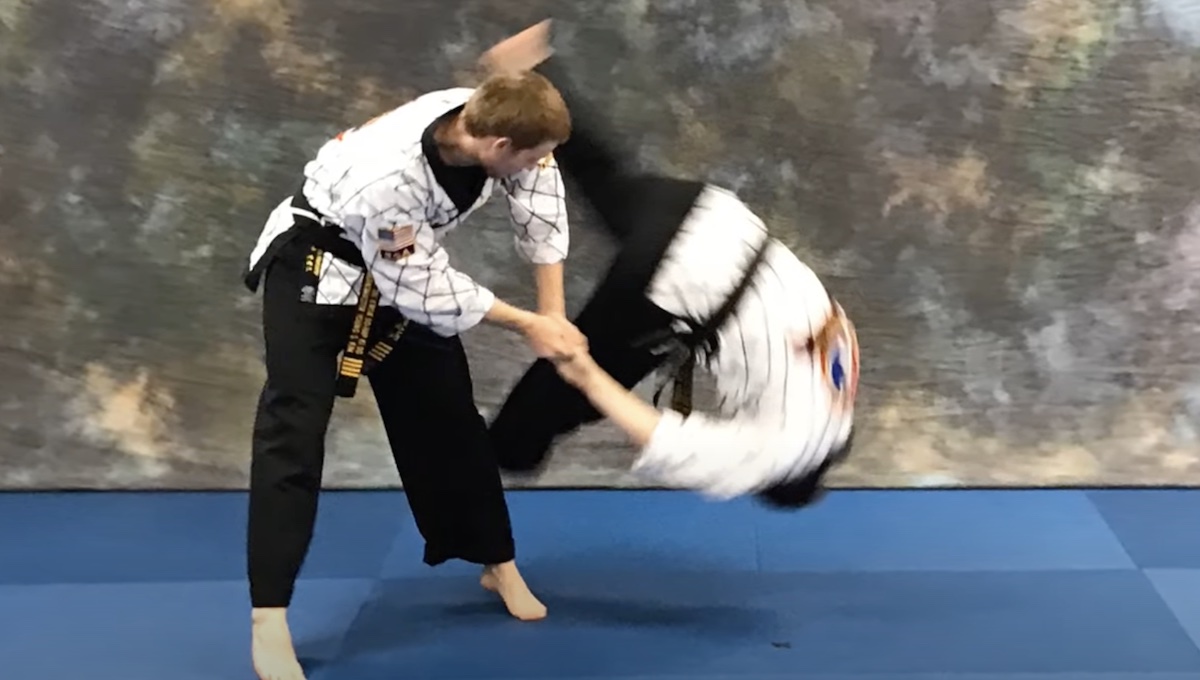 One martial art that you may have heard of, but know next to nothing about is Hapkido. The Korean martial art that has a wide variety of practical techniques. Here is what you need to know about the Korean martial art known as Hapkido. Going over how it was developed, its techniques, and real world […]
One martial art that you may have heard of, but know next to nothing about is Hapkido. The Korean martial art that has a wide variety of practical techniques. Here is what you need to know about the Korean martial art known as Hapkido. Going over how it was developed, its techniques, and real world […]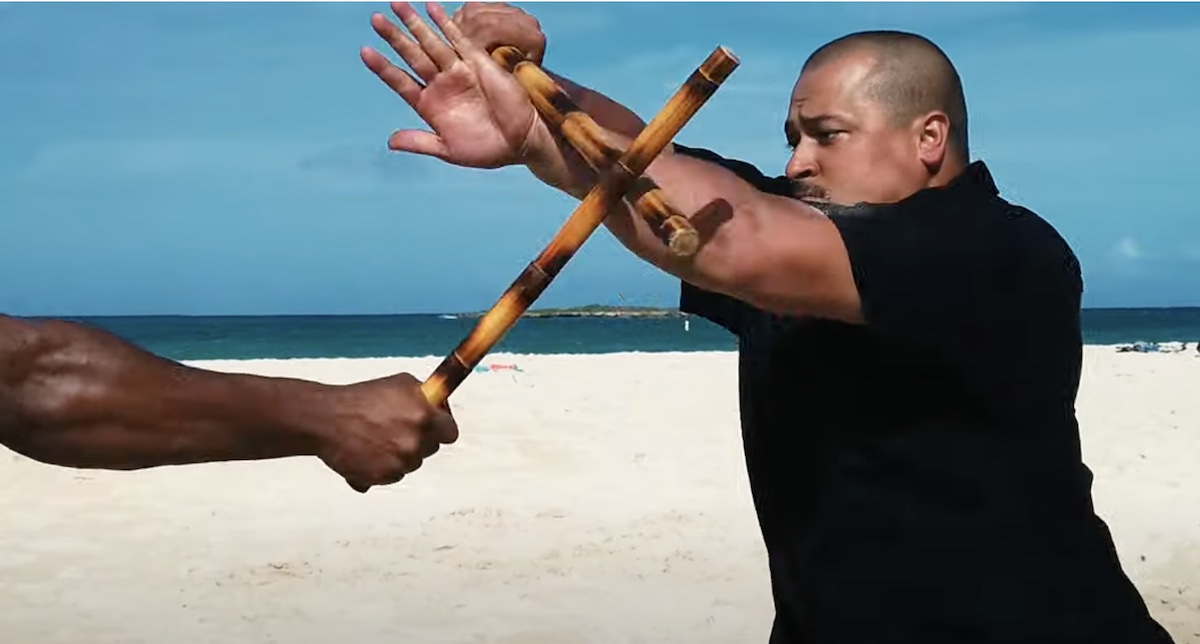 The Filipino martial art known as escrima is one of the most effective weapon-based systems in the world. Teaching various weapons techniques, as well as throws and joint locks. Here is what you need to know about the weapon-based martial art known as escrima. Going over its history, benefits, and list some of the best […]
The Filipino martial art known as escrima is one of the most effective weapon-based systems in the world. Teaching various weapons techniques, as well as throws and joint locks. Here is what you need to know about the weapon-based martial art known as escrima. Going over its history, benefits, and list some of the best […]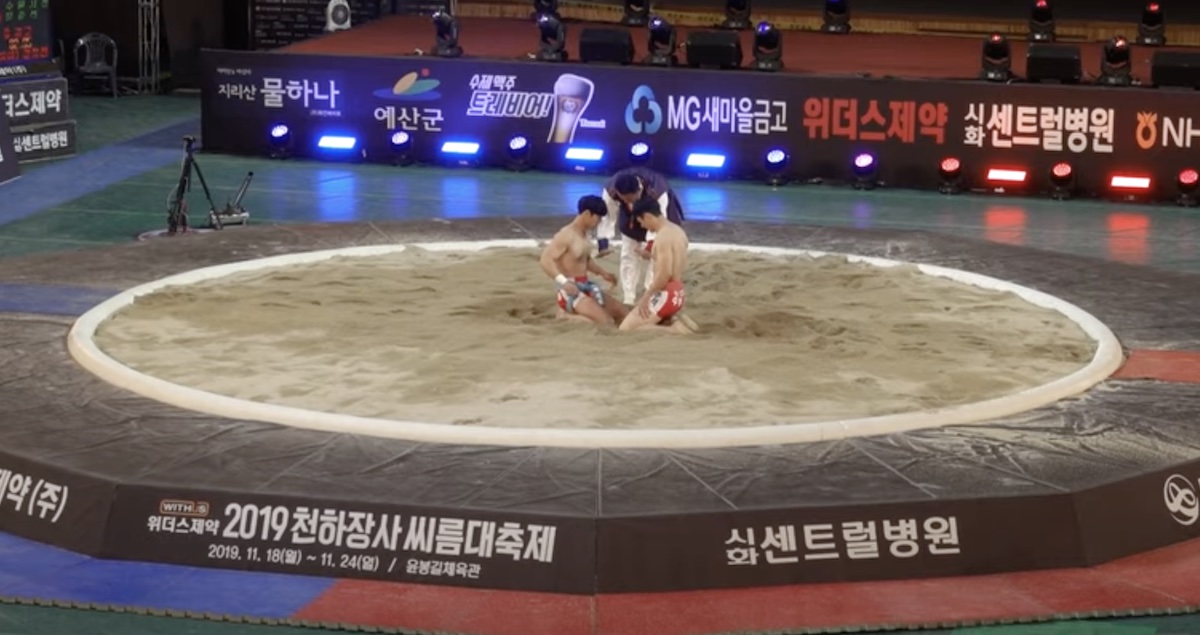 When people talk about Korean martial arts, the obvious one that gets said is Taekwondo. But the Korean wrestling style of ssireum is also rather popular and predates Taekwondo by centuries. Here is what you need to know about the Korean wrestling style known as ssireum. Going over its long history and the format of […]
When people talk about Korean martial arts, the obvious one that gets said is Taekwondo. But the Korean wrestling style of ssireum is also rather popular and predates Taekwondo by centuries. Here is what you need to know about the Korean wrestling style known as ssireum. Going over its long history and the format of […]